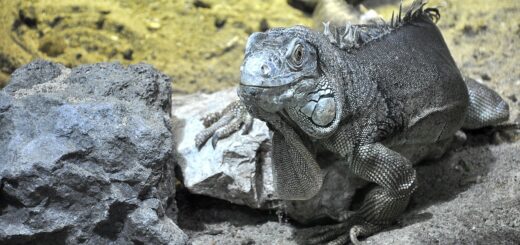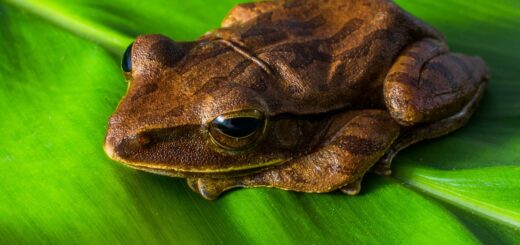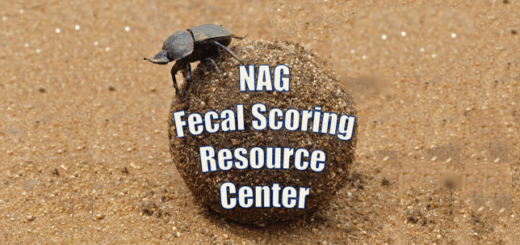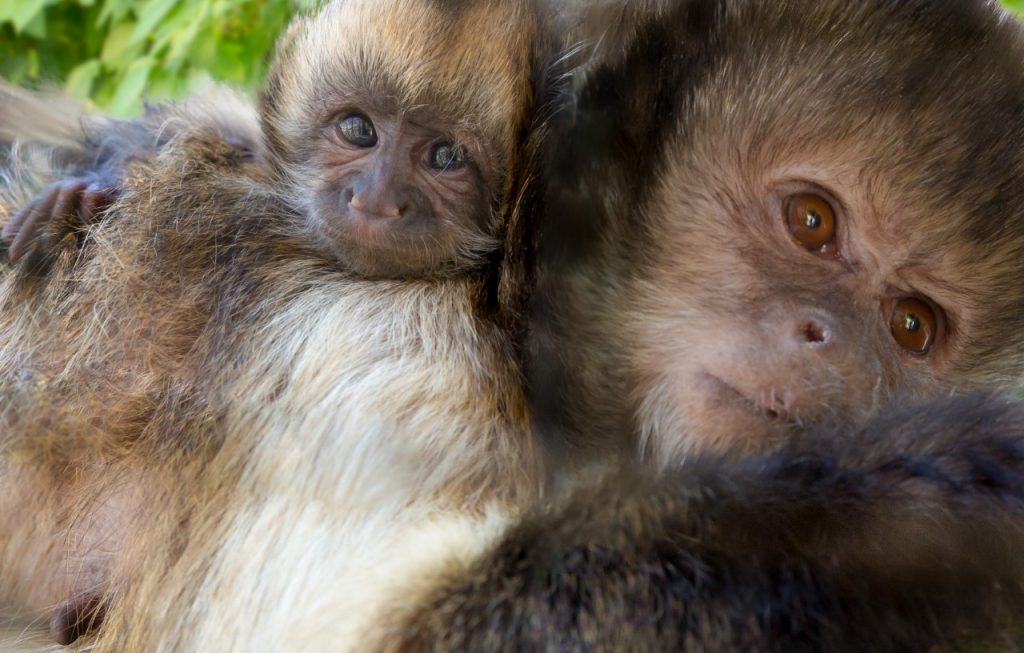The effects of fiber type and fiber levels on digestibility and volatile fatty acid formation in the Orangutan (Pongo pygmaeus)
Citation
Schmidt DA, Dempsey JL, Kerley MS, Griffin ME, Porton IJ, Saddler WC. 2001. The effects of fiber type and fiber levels on digestibility and volatile fatty acid formation in the Orangutan (Pongo pygmaeus). In Edwards M, Lisi KJ, Schlegel ML, Bray RE, Eds., Proceedings of the Fourth Conference on Zoo and Wildlife Nutrition, AZA Nutrition Advisory Group, Lake Buena Vista, FL.
Abstract
The diets of free-ranging orangutans are high in structural cell wall material, which comprises the fiber fraction in plants [Hamilton and Galdikas, 1994]. Microbial populations residing in the hindgut accomplish fiber digestion via fermentation. Animals use volatile fatty acids, end products of fiber fermentation, as a source of energy. Readily available produce items contain small amounts of fermentable fiber [Schmidt et al., 1999]. Commercially manufactured primate biscuits are limited in the amount of fiber they contain due to restrictions in the manufacturing method. Many feeds, used in the livestock industry, are high in fiber, but are generally not palatable to primates. Gels may be an effective tool to deliver high fiber ingredients to primates in a palatable form. Palatability trials were successful as the orangutans readily accepted the gels.
 Schmidt – Effects Of Fiber Type And Fiber Levels On Digestibility And Volatile Fatty Acid Formation In The Orangutan {Pongo pygmaeus).pdf 1 MB
Schmidt – Effects Of Fiber Type And Fiber Levels On Digestibility And Volatile Fatty Acid Formation In The Orangutan {Pongo pygmaeus).pdf 1 MB








